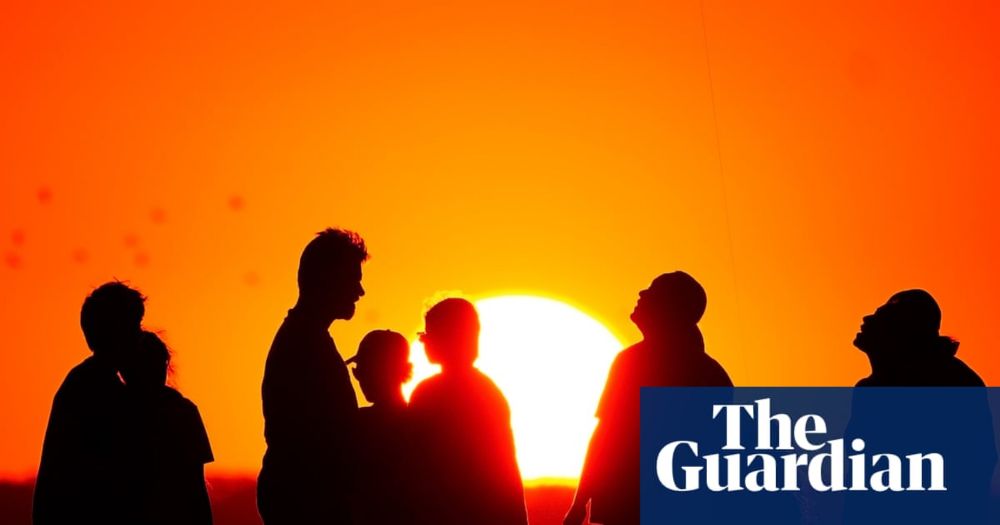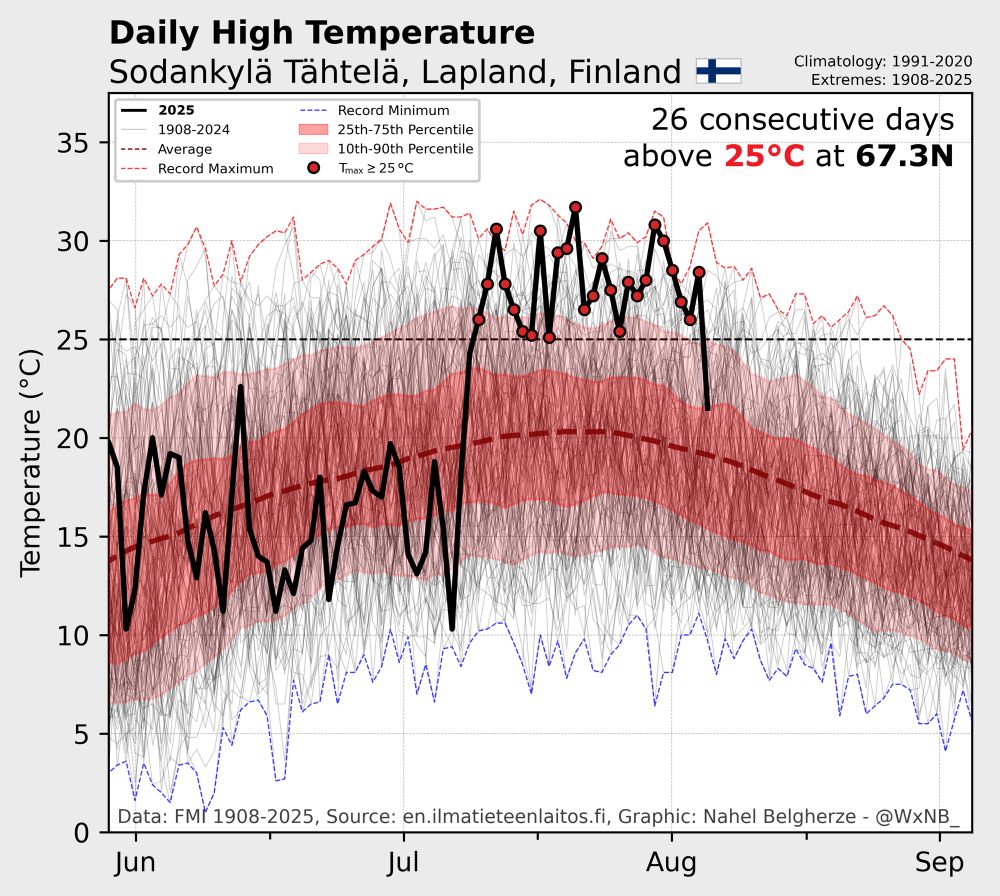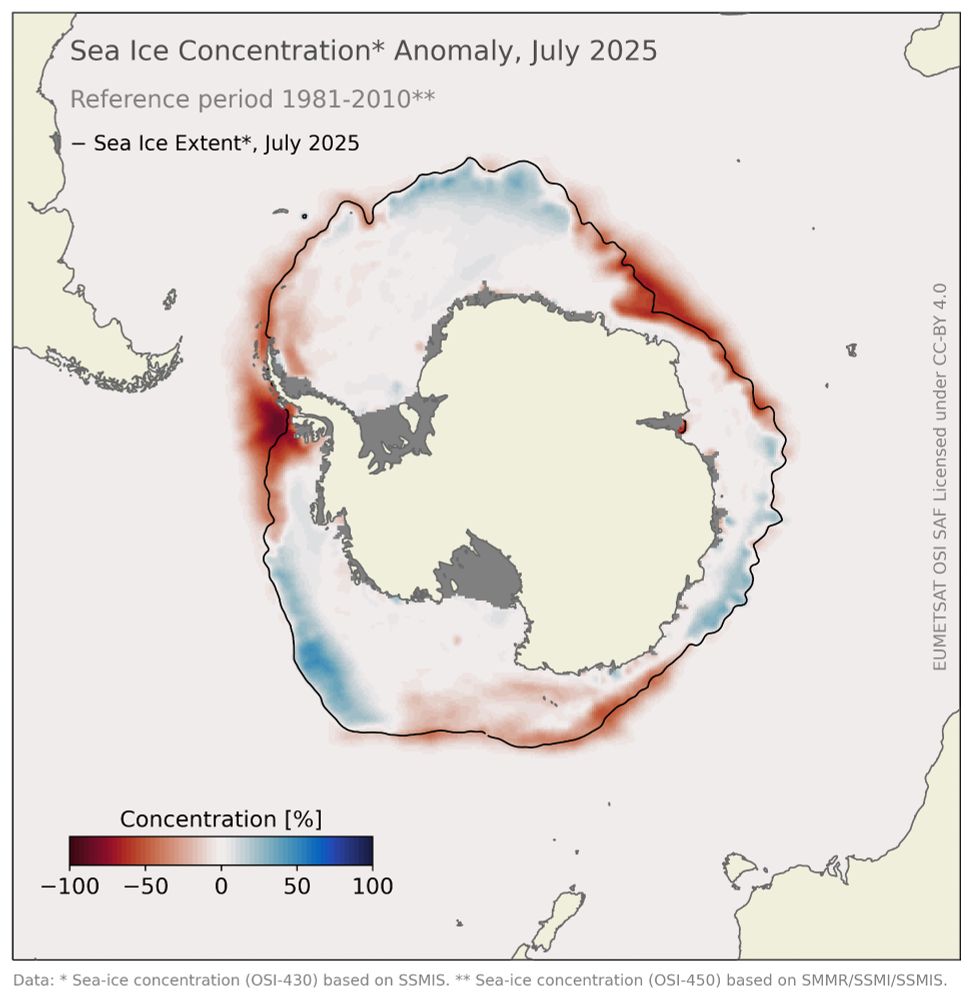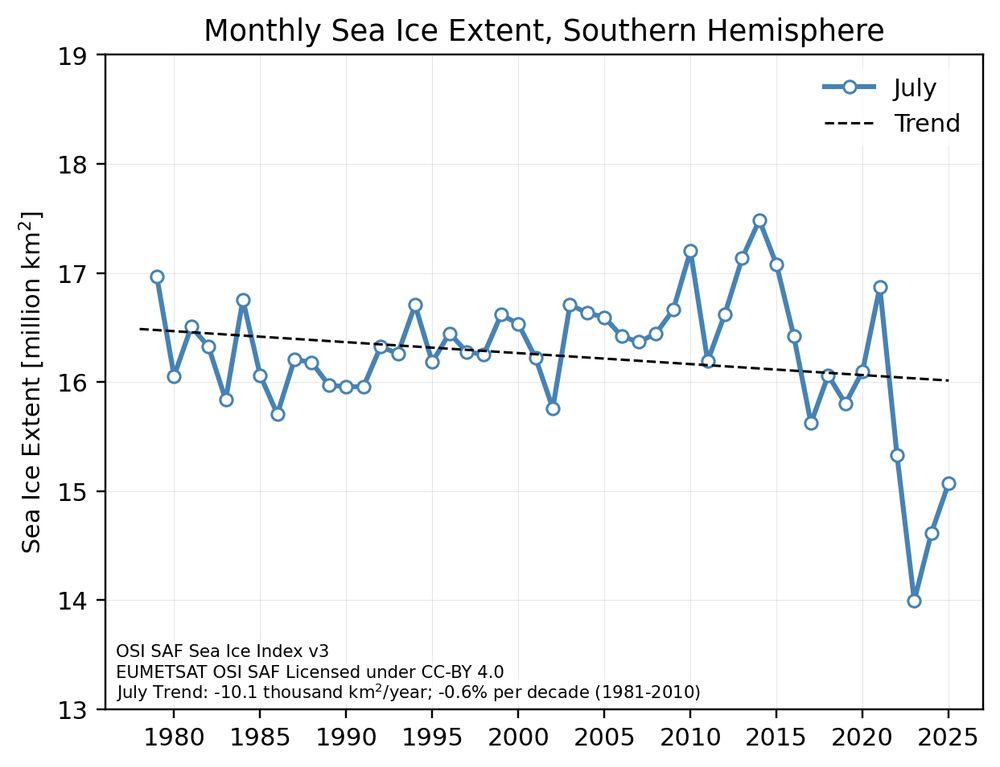Ketil Isaksen
@ketilisaksen.bsky.social
520 followers
710 following
46 posts
Senior scientist at the Norwegian Meteorological Institute.
Focusing on permafrost thermal dynamics and climate change in the Arctic and European mountain areas. Long-term permafrost monitoring
Posts
Media
Videos
Starter Packs
Reposted by Ketil Isaksen
Reposted by Ketil Isaksen
Ketil Isaksen
@ketilisaksen.bsky.social
· Aug 22
Ketil Isaksen
@ketilisaksen.bsky.social
· Aug 21
Reposted by Ketil Isaksen
Michael E. Mann
@michaelemann.bsky.social
· Aug 20

Melting on the Arctic’s Svalbard Islands Shows the Climate Future Is Now - Inside Climate News
The rapid disintegration of glaciers on the islands north of Norway foreshadows a catastrophic future for the Arctic, scientists warn.
insideclimatenews.org
Ketil Isaksen
@ketilisaksen.bsky.social
· Aug 20

Melting on the Arctic’s Svalbard Islands Shows the Climate Future Is Now - Inside Climate News
The rapid disintegration of glaciers on the islands north of Norway foreshadows a catastrophic future for the Arctic, scientists warn.
insideclimatenews.org
Reposted by Ketil Isaksen
Reposted by Ketil Isaksen
Reposted by Ketil Isaksen
Reposted by Ketil Isaksen
Ketil Isaksen
@ketilisaksen.bsky.social
· Aug 19
Reposted by Ketil Isaksen
Reposted by Ketil Isaksen
Reposted by Ketil Isaksen
Reposted by Ketil Isaksen




















